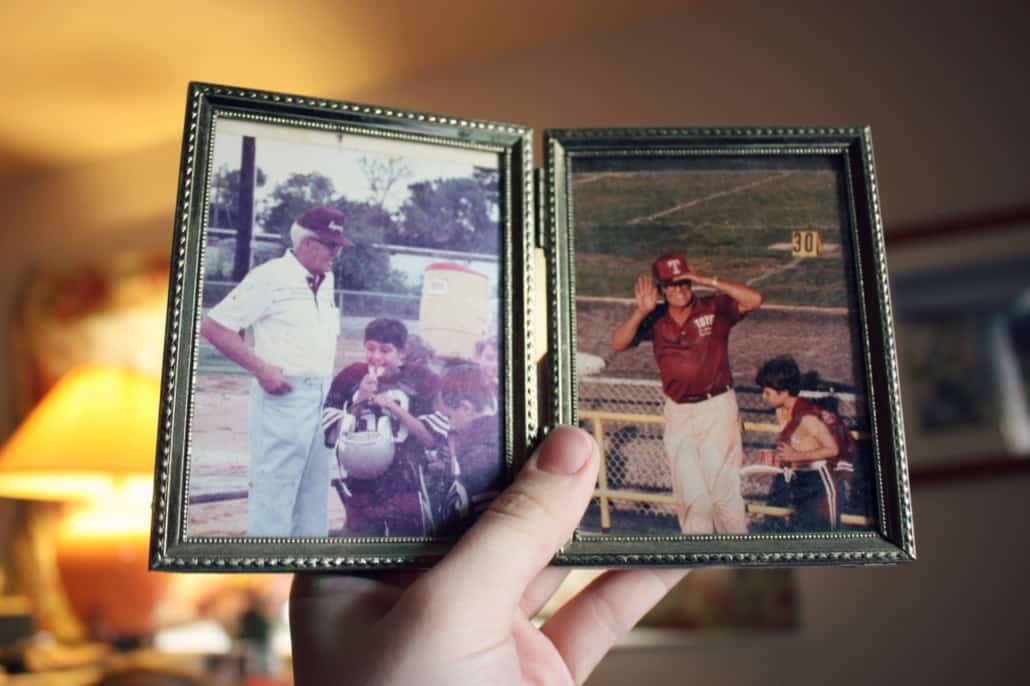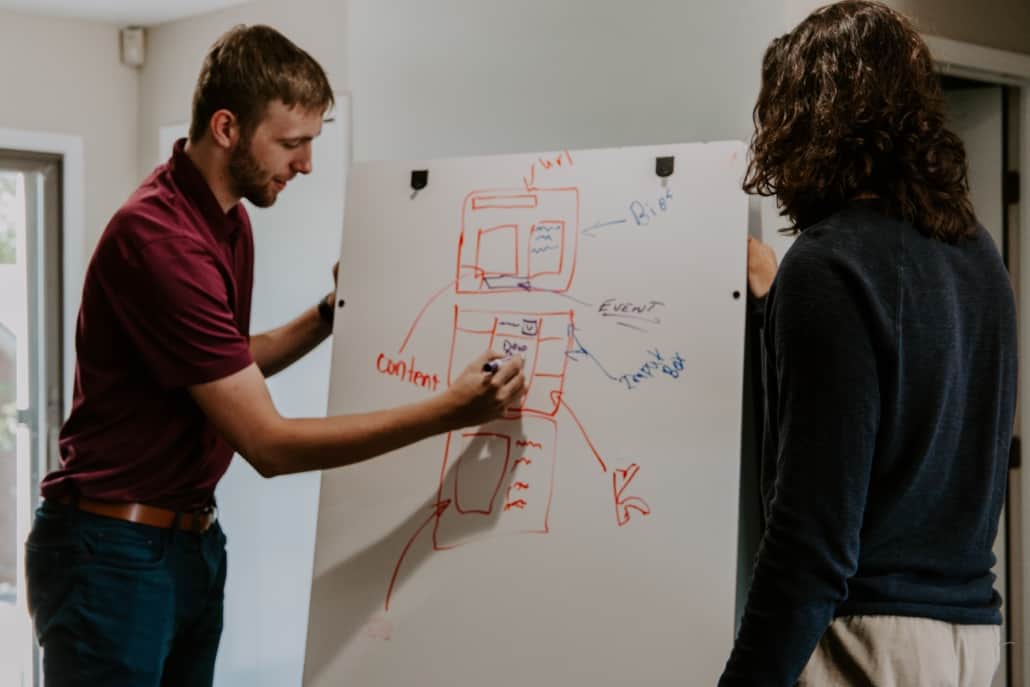It’s Often Right in Front of Your Nose
Although I personally try to shy away from using a simple “see problem, find solution” mindset, I recognize that many people do default to that way of thinking.
There’s no shortage of folks who prefer this shortcut way of looking at situations and trying to find a way through a challenge.
Dealing with complex family situations as I often do, a bigger picture, longer term, systems view of what they’re facing, typically yields better results for me when guiding a family.
There’s plenty of nuance in my work, and I also try hard to not present myself as the bearer of simple solutions to problems.
Inspired by a Tweet, Uh, I Mean, an “X”?
While I love using LinkedIn for professional interactions, I’m still a fan of what used to be called Twitter, although I spend less time there than I once did.
This week’s blog was inspired by a post I saw recently on X, from Dr. Nicole LePera (@Theholisticpsyc) a psychologist with over a million followers there.
Her post read simply:
If I am the problem, I am also the solution.
As you might imagine, I was intrigued and needed to process this more, but on the surface it held promise as inspiration for an eventual blog post here.
It’s so simple, and there are many ways to ponder it.
I immediately emailed it to myself and saved it in my “blog ideas” folder.
Complex Situations Have Multifaceted Problems
Back to the complex family situations I often learn of, and sometimes get invited in to assist with, there are always many people interested in finding a solution.
Not that many, though, immediately jump at the opportunity to look at the part that they themselves play in the perceived problem.
If (and when!) they do, they can eventually see how at least a part of the resolution is right there in front of them, when they look in the mirror.
While it isn’t usually easy to get anyone to the place where they even feel like taking that glance in the mirror, it is almost always a necessary step that needs to be taken.
As you might imagine, it’s also typically not something that only needs to happen for one member of a family, because any complex situation naturally requires some “adjustment” by several people.
Spreading the Responsibility Around
Challenging family situations affect many members of the family, and are also affected by many family members too.
Getting each family member to understand and accept this fact can take some time, but that “buy in”, to get everyone focused on doing their part in getting to a better place is crucial.
This work requires a “systems view” to be able to see what’s going on, and it also requires the guidance for each person in the system to make the necessary adjustments to get to a better place.
Getting a family to understand that there’s a shared responsibility at play can calm the whole system down as well, and that’s a huge piece of making progress.
The More and the Less of It
Families can benefit from making small, gradual adjustments, which can happen once some family leaders step up and show the way, by modeling such behaviours.
I’m talking about learning to practice more forgiveness and less blaming.
Nobody likes to have fingers pointed at them, even when they may internally acknowledge some of the fault for where things are.
Knowing that others are in a forgiving mood can become contagious, for the benefit of all.
Instilling an attitude of more gratitude and less lamenting one’s fate is also quite beneficial.
Benefits of the Mirror
Helping family members think about their own role in things, and getting them to think in terms of “I-statements”, as opposed to “you are to blame”, goes a long way.
Getting a family to a better way of being together requires an attitude of more self-efficacy, that gets everyone out of finger-pointing mode.
There’s typically a kind of culture to the ways families act, that can set in an add to the “stuckness” that sometimes exists.
Getting a family “unstuck” doesn’t usually happen quickly, and rarely in one step.
Taking the time to work with each person individually, to get them to understand and accept that everyone holds part of both the problem as well as the solution, is always worth the trouble.





















